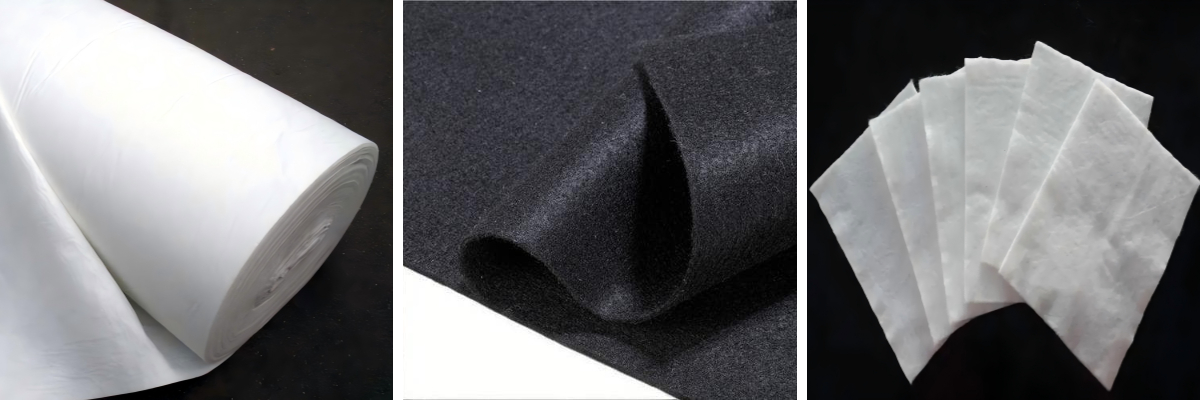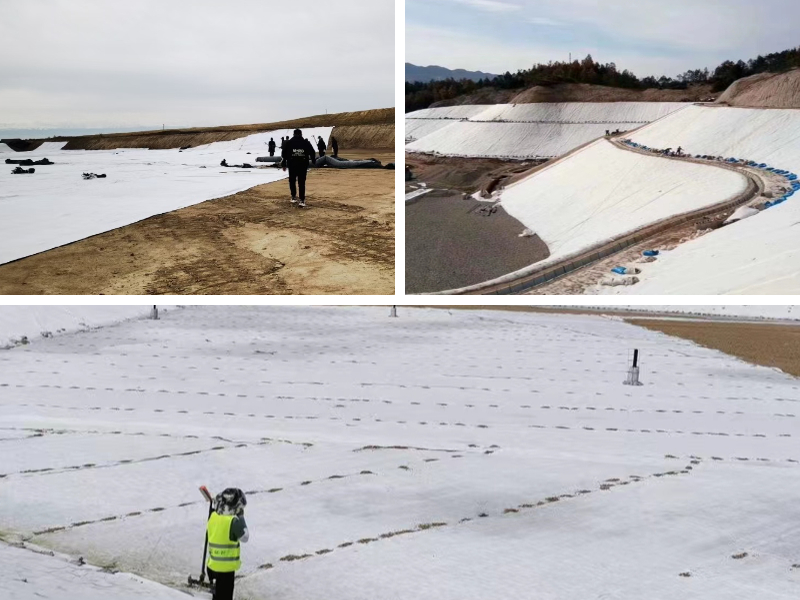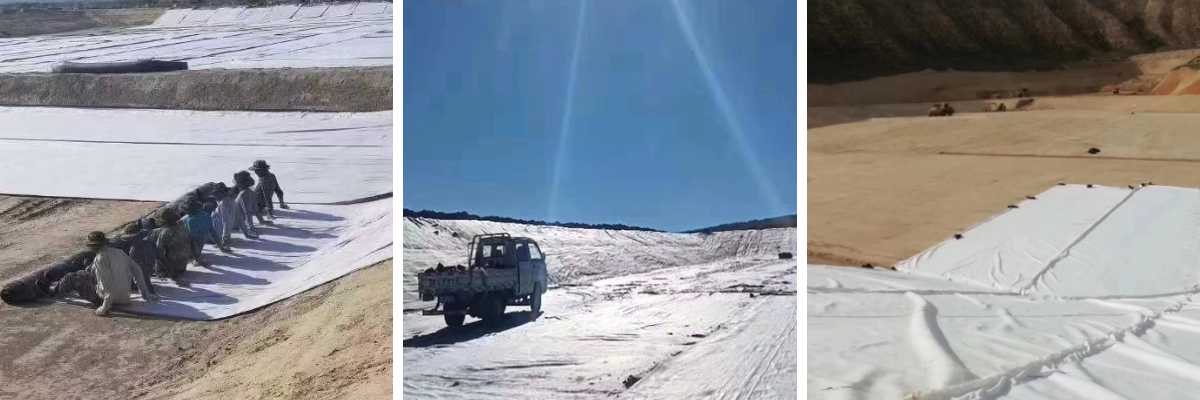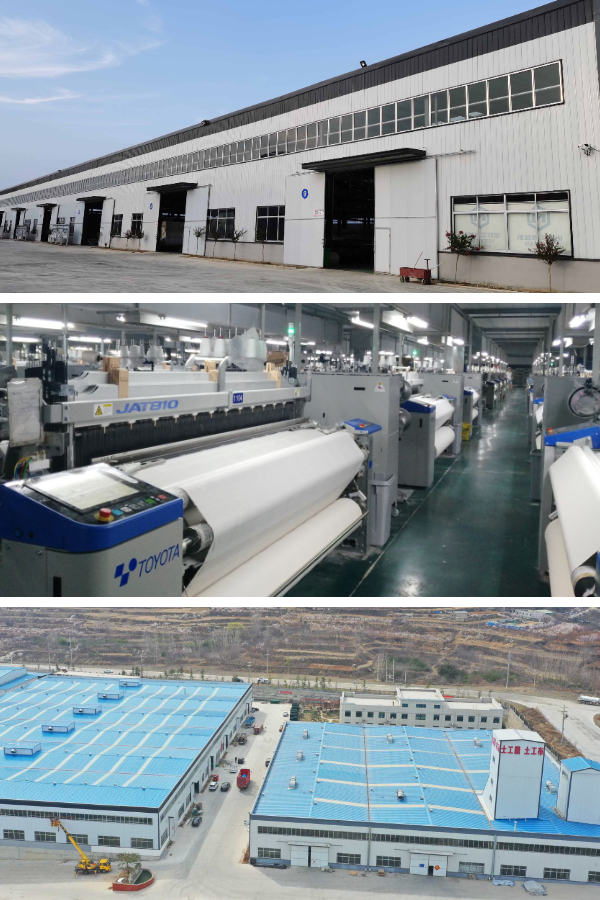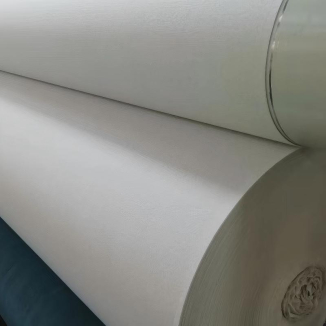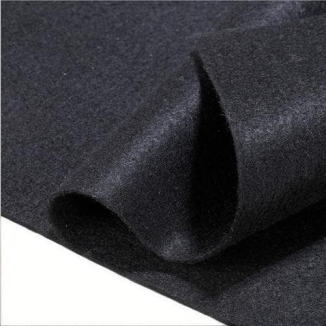Polypropylene vs. Geotextile Dewatering Bags: Material Specifications Compared
When it comes to sludge management, sediment removal, or wastewater treatment, Dewatering Bags are integral gear for setting apart solids from liquids. But with superb components available, choosing the perfect choice can be tricky—especially between polypropylene (PP) and geotextile variants. These two resources have brilliant Geotube Material Specifications that at as soon as have an impact on their performance, durability, and suitability for a range of projects. This statistics compares polypropylene and geotextile Dewatering Bags in detail, breaking down their material properties, key specs, cost, and great applications. We’ll moreover find out how geotextile dewatering tubes healthful into the equation to aid you make an educated choice for your subsequent project.
Understanding the Basics: Polypropylene vs. Geotextile Dewatering Bags
First, let’s make clear what each form of Dewatering Bags is. Polypropylene Dewatering Bags are made from woven or non-woven PP fibers—a synthetic thermoplastic acknowledged for its electrical energy and chemical resistance. Geotextile Dewatering Bags, on the unique hand, are crafted from specialised geotextile cloth (which can embody PP, polyester, or blends) designed for geotechnical features like filtration and erosion control. geotextile dewatering tubes are a cylindrical variant of geotextile dewatering bags, regularly used for larger-scale sediment containment.
Both picks matter quantity on permeable materials to allow water to drain while maintaining solids, on the other hand their Geotube Material Specifications—such as tensile strength, permeability, and chemical resistance—set them apart. Understanding these variants is necessary to making certain your dewatering assignment is efficient, cost-effective, and long-lasting.
Core Material Specifications: A Side-by-Side Comparison
Let’s dive into the key Geotube Material Specifications that differentiate polypropylene and geotextile Dewatering Bags.
1. Tensile Strength & Durability
Polypropylene Dewatering Bags: PP baggage supply real looking to immoderate tensile strength, relying on whether or not or no longer they’re woven or non-woven. Woven PP baggage have interlocked fibers that face up to tearing beneath heavy loads, making them terrific for initiatives with dense sediment. However, their sturdiness can be compromised in immoderate temperatures—PP turns into brittle in cold stipulations and would possibly additionally soften in excessive heat.
Geotextile Dewatering Bags & Geotextile Dewatering Tubes: Geotextile baggage (and geotextile dewatering tubes) commonly have larger tensile power than desired PP bags, in precise if they’re made from polyester-blend geotextiles. The geotextile cloth is engineered to face up to prolonged stress, inclusive of the weight of moist sludge and exterior stress from equipment or soil. They moreover preserve their energy during a wider temperature range, making them more lengthy lasting in harsh environments.
2. Permeability & Filtration
Polypropylene Dewatering Bags: PP baggage have managed permeability, with pore sizes ranging from quality to medium. This makes them effective for dewatering sludge with life like solids content material (like constructing net website muck). However, excellent PP meshes can clog over time if used with sludge containing very small particles, slowing down drainage.
Geotextile Dewatering Bags & Geotextile Dewatering Tubes: Geotextile variations excel at filtration due to their specialised material structure. Their pore sizes are precisely calibrated to trap even gorgeous sediments while enabling water to drain quickly—reducing dewatering time significantly. geotextile dewatering tubes, with their large flooring area, supply even faster drainage than flat geotextile bags, making them great for high-volume duties like dredging.
3. Chemical & Environmental Resistance
Polypropylene Dewatering Bags: PP is resistant to most acids, alkalis, and natural solvents, making it suitable for industrial sludge dewatering. However, it has restrained UV resistance—prolonged publicity to daylight can reason degradation, so PP baggage are exceptional used in protected or shaded areas, or dealt with with UV stabilizers.
Geotextile Dewatering Bags & Geotextile Dewatering Tubes: Geotextile components (especially these with polyester) supply most dependable UV resistance and chemical tolerance. They can stand up to publicity to harsh industrial chemicals, saltwater (for coastal dredging), and prolonged sunlight hours besides degrading. This makes them a greater choice for outdoor, long-term initiatives or these involving contaminated sludge.
4. Flexibility & Installation
Polypropylene Dewatering Bags: PP baggage are light-weight and flexible, making them accessible to transport and installation via hand or with small equipment. They fold flat for storage, saving residence when now now not in use. However, their flexibility can be a draw returned for large-scale projects—they can also additionally shift or deform underneath heavy loads if now no longer suitable anchored.
Geotextile Dewatering Bags & Geotextile Dewatering Tubes: Geotextile baggage are barely stiffer than PP bags, alternatively although flexible enough to conform to irregular terrain. geotextile dewatering tubes are mainly common to install—they’re delivered empty, inflated on-site, and stuffed with sludge with the resource of pumps. Their cylindrical shape offers stability, decreasing the hazard of shifting all thru filling and dewatering.
Cost Comparison: Short-Term vs. Long-Term Value
Cost is a key consideration for any project, and the two resources fluctuate in upfront and long-term expenses:
Polypropylene Dewatering Bags: PP baggage have a minimize upfront cost, making them eye-catching for small-scale, temporary duties (like residential constructing or small pond dredging). However, they may additionally moreover desire to be modified more frequently—especially if used in harsh conditions—leading to larger long-term costs.
Geotextile Dewatering Bags & Geotextile Dewatering Tubes: Geotextile variations have a higher preliminary cost, alternatively their sturdiness and effectivity translate to greater long-term value. They ultimate longer, require tons much less maintenance, and tempo up dewatering—reducing labor and challenge downtime. For large-scale or ongoing duties (like municipal wastewater therapy or coastal erosion control), the higher upfront rate is offset by means of way of monetary financial savings over time.
Ideal Applications: Which Material to Choose When?
Matching the material to your project’s needs ensures most advantageous performance. Here’s when to choose each type:
Choose Polypropylene Dewatering Bags If:
You’re working on a small-scale, short-term undertaking (e.g., outside pond cleaning, small constructing internet website online sludge).
Budget is a main concern, and the mission doesn’t comprise harsh chemical components or prolonged UV exposure.
The sludge has real looking solids content material fabric and doesn’t require ultra-fine filtration.
Choose Geotextile Dewatering Bags or Geotextile Dewatering Tubes If:
You’re coping with huge volumes of sludge (e.g., dredging rivers, lakes, or industrial wastewater).
The task requires long-term durability, UV resistance, or chemical tolerance (e.g., coastal projects, industrial sludge treatment).
Fast dewatering and top notch sediment filtration are quintessential (e.g., environmental remediation projects).
You choose steadiness for heavy lots (e.g., geotextile dewatering tubes for steep slopes or high-pressure filling).
Common Mistakes to Avoid
When determining on Dewatering Bags, maintain away from these pitfalls related to Geotube Material Specifications:
Underestimating Load Requirements: Using PP baggage for heavy, dense sludge can lead to tearing. Opt for geotextile versions for high-weight applications.
Ignoring Environmental Conditions: Exposing non-UV-stabilized PP baggage to daytime will shorten their lifespan. Choose geotextile baggage for out of doorways projects.
Overlooking Filtration Needs: Using PP bags for high-quality sediment will motive clogging. geotextile dewatering tubes or bags furnish greater filtration for small particles.
Focusing Only on Upfront Cost: Cheaper PP baggage may additionally moreover rate higher in the prolonged run due to commonly used replacements. Geotextile alternatives supply greater rate for big or ongoing projects.
Conclusion: Select Based on Project Demands
Polypropylene and geotextile Dewatering Bags each have their place, relying on your project’s scale, conditions, and requirements. Polypropylene is good value for small, non everlasting jobs, at the same time as geotextile variants—including geotextile dewatering tubes—deliver best durability, filtration, and effectivity for large-scale, harsh-environment projects.
By perception Geotube Material Specifications like tensile strength, permeability, and chemical resistance, you can choose the applicable cloth to make positive your dewatering challenge runs smoothly, stays internal budget, and achieves absolute best satisfactory results. Whether you’re cleaning a small pond or dredging a river, the key is to swimsuit the bag’s specs to your project’s unique needs.
Contact Us
Company Name: Shandong Chuangwei New Materials Co., LTD
Contact Person :Jaden Sylvan
Contact Number :+86 19305485668
WhatsApp:+86 19305485668
Enterprise Email: cggeosynthetics@gmail.com
Enterprise Address: Entrepreneurship Park, Dayue District, Tai 'an City,
Shandong Province


